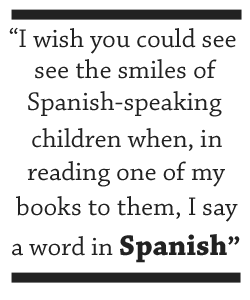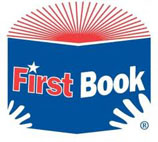We Are the Problem, We Are the Solution
 Elizabeth Bluemle is the co-owner of the Flying Pig Bookstore in Shelburne, VT.
Elizabeth Bluemle is the co-owner of the Flying Pig Bookstore in Shelburne, VT.
As an independent bookseller, former school librarian, and lifelong avid reader, I crave the day when publishing lists are as ![]() diverse and rich as the playgrounds of our nation, and the conversation about representations of diversity in children’s literature is as unnecessary as the question of whether or not women should vote. Until that happens, there is no discussion more vital in the children’s book world than how to bring our industry at every level in line with America’s diversity.
diverse and rich as the playgrounds of our nation, and the conversation about representations of diversity in children’s literature is as unnecessary as the question of whether or not women should vote. Until that happens, there is no discussion more vital in the children’s book world than how to bring our industry at every level in line with America’s diversity.
I’ve written about this subject often over the last several years, for Publishers Weekly’s Shelftalker blog and the CCBC Diversity Committee blog, and while it seems we are, as a whole, talking a lot more about these issues within the field, and while there have been some increase in the number of mainstream children’s books featuring kids of color, we are still so far behind.
The problem is systemic and deeply rooted and requires change at every level, from the publishing houses to artists and writers to booksellers, educators, and ![[A]dults make all kinds of erroneous assumptions about what will and won’t interest children.](http://www.leeandlow.com/images/bookseller-caption1.gif) consumers. We booksellers have more opportunity to effect change than we might imagine. People entrust us with book recommendations from individual purchases to helping plan school curricula on a grand scale, and this affords us the most amazing opportunity to be aware of what we are recommending. One of the challenges inherent in selling children’s books is that we usually have to go through one or two levels of gatekeepers to reach a book’s intended audience, the child reader. We are selling to teachers and librarians, and to parents and other adult family and friends.
consumers. We booksellers have more opportunity to effect change than we might imagine. People entrust us with book recommendations from individual purchases to helping plan school curricula on a grand scale, and this affords us the most amazing opportunity to be aware of what we are recommending. One of the challenges inherent in selling children’s books is that we usually have to go through one or two levels of gatekeepers to reach a book’s intended audience, the child reader. We are selling to teachers and librarians, and to parents and other adult family and friends.
In my seventeen years as a bookseller and three years as a school librarian before that, if there’s one thing I have noticed, it’s that we adults make all kinds of erroneous assumptions about what will and won’t interest children. Time and time again, at the bookstore and at children’s book festivals, I have observed white children picking up books with kids of color on the cover, and heard adults express surprise at the choice. “Are you sure you want that one?” they’ll ask. Or, “Wouldn’t you like this book instead?” It’s not the kids who are the problem. Kids really, really, really only care about a great story. In twenty years of connecting children with books they love, I have only seen one child—ONE!—balk at a book cover because the main character was a different race from her own. It’s the adults who underestimate a child’s ability or desire to see beyond race.


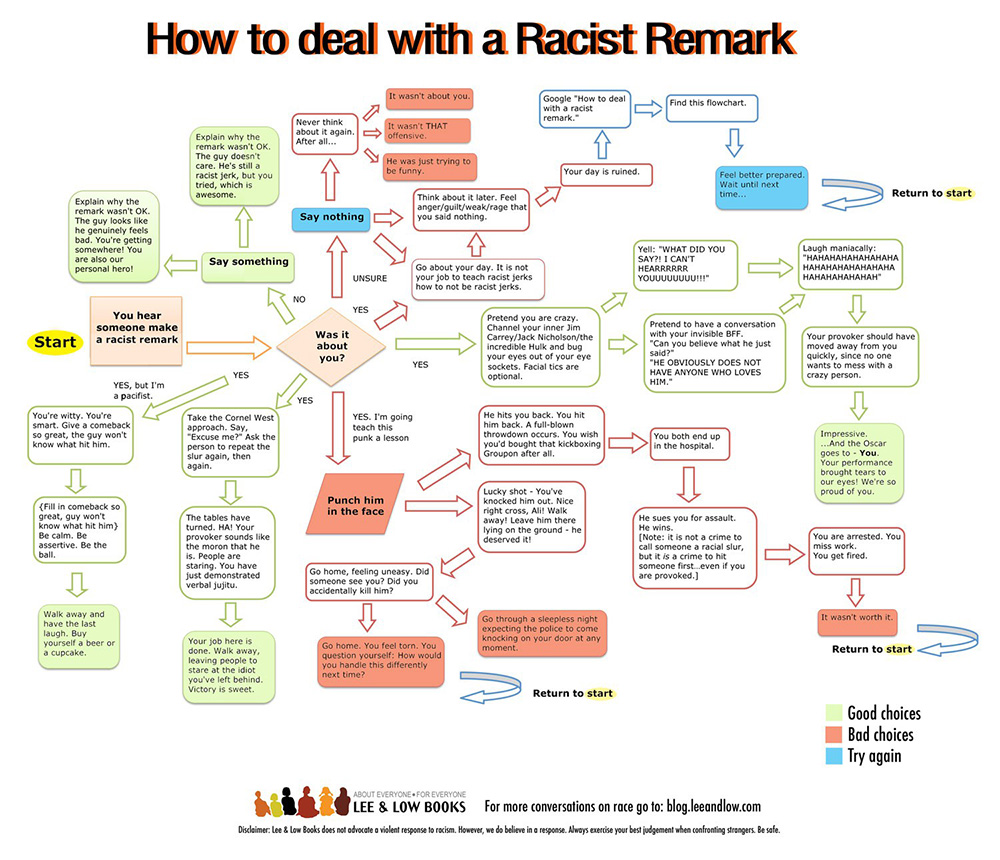
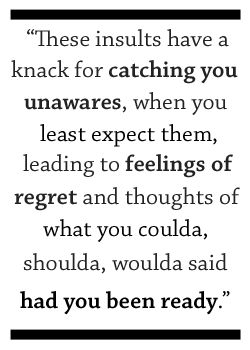
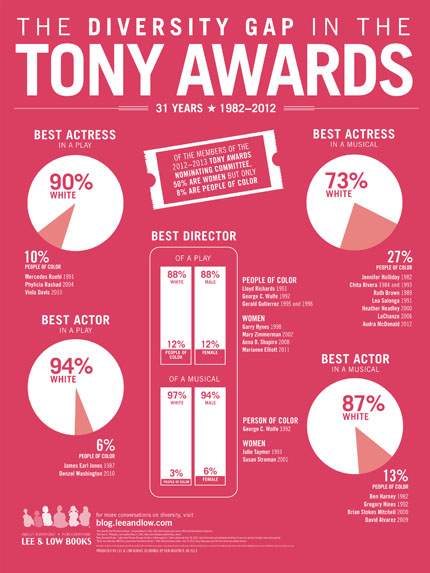
 CHRISTINE TOY JOHNSON is an award-winning writer, actor, filmmaker, and advocate for inclusion. Member: BMI Workshop, Dramatists Guild, ASCAP, AEA, SAG-AFTRA, Asian
CHRISTINE TOY JOHNSON is an award-winning writer, actor, filmmaker, and advocate for inclusion. Member: BMI Workshop, Dramatists Guild, ASCAP, AEA, SAG-AFTRA, Asian 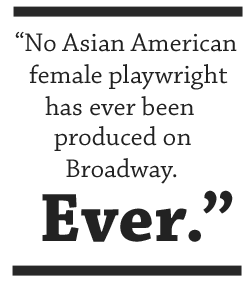 New York, which was a watershed moment for me. Not only was I shocked that I was being given the opportunity to audition (back then, a rare occurrence), but after I booked the job, working with a director and company of actors that supported me and believed in my ability to transform into a non-Asian character in a classic golden age musical gave me the confidence to go for and go on to play many, many more classic non-Asian leading lady roles. The power of encouragement and affirmation from your peers cannot be underestimated.
New York, which was a watershed moment for me. Not only was I shocked that I was being given the opportunity to audition (back then, a rare occurrence), but after I booked the job, working with a director and company of actors that supported me and believed in my ability to transform into a non-Asian character in a classic golden age musical gave me the confidence to go for and go on to play many, many more classic non-Asian leading lady roles. The power of encouragement and affirmation from your peers cannot be underestimated.

